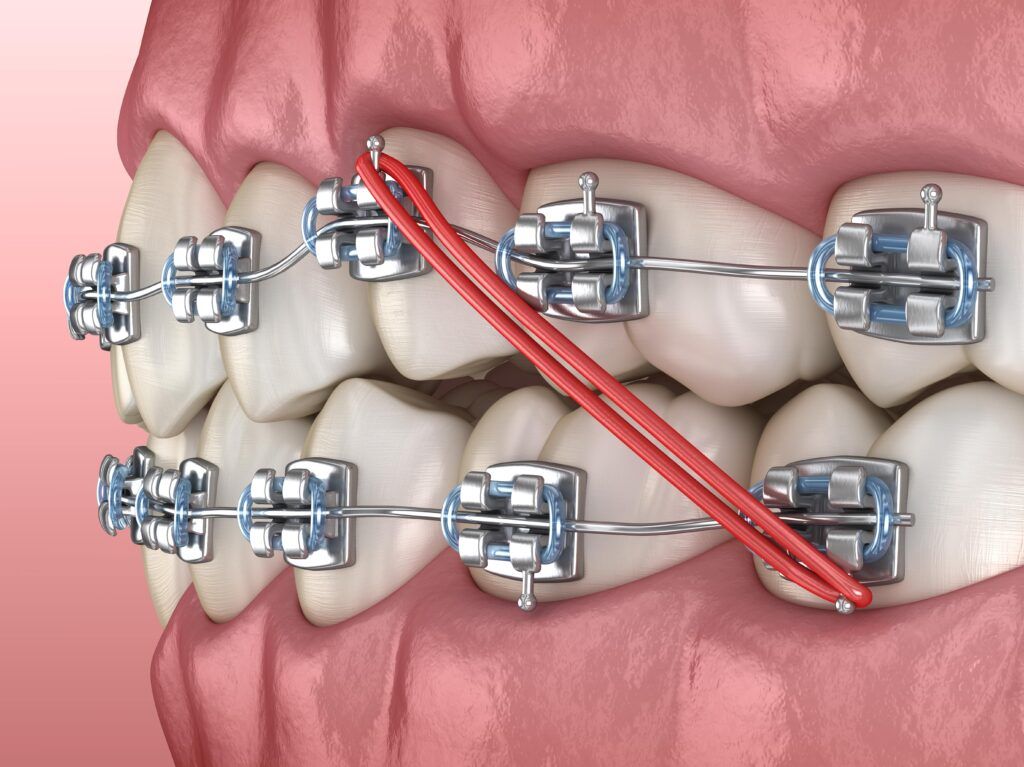How Cumming Orthodontics Addresses Common Braces and Invisalign Worries
How Cumming Orthodontics Addresses Common Braces and Invisalign Worries
Blog Article
Comprehensive Guide to Orthodontics Procedures for Remedying Oral Imbalances
Understanding the ins and outs of each procedure, including their devices, benefits, and possible disadvantages, is important in making educated choices concerning one's orthodontic treatment. As we browse with the extensive overview to orthodontic procedures for remedying dental imbalances, the complex information of each method will unfold, losing light on the course toward a harmonious and functional oral alignment.
Orthodontic Procedures Introduction

In addition to clear aligners and standard dental braces, orthodontists might additionally advise other interventions like headwear, palatal expanders, or retainers to attend to details placement problems (invisalign). These treatments are tailored to each client's unique needs and may entail a combination of therapies to achieve the preferred results. Normal adjustments and monitoring are vital components of orthodontic treatment to ensure development is on track and to make any type of needed modifications in the process. By undertaking orthodontic procedures, clients can not only attain a straighter smile but additionally improve their total oral wellness and function.
Standard Dental Braces: How They Function
When thinking about orthodontic therapies for dental imbalances, conventional dental braces stand out as a time-tested method for correcting teeth placing. Conventional dental braces are composed of brackets, cords, and bands that work with each other to use continuous pressure on the teeth, slowly relocating them right into the wanted positioning.
One trick aspect of just how standard dental braces job is the process of bone improvement. As stress is put on the teeth with the braces, the bone bordering the teeth is reshaped to support the brand-new tooth settings. This renovation is essential for the long-lasting stability of the fixed placement. Clients will certainly need regular changes at the orthodontist's workplace to make certain the braces remain to use the right pressure for efficient teeth activity.
Unseen Aligners: Pros and Cons
Undetectable aligners supply a discreet and practical alternative to typical dental braces for dealing with dental misalignments. These clear, custom-made trays are practically unseen when worn, making them an appealing choice for individuals looking for a much more visually pleasing orthodontic therapy. One of the key advantages of invisible aligners is their removability, permitting much easier upkeep of oral health contrasted to standard dental braces. Individuals can get rid of the aligners prior to eating or cleaning their teeth, decreasing the risk of food getting embeded the appliance and simplifying the cleaning process.

Surgical Orthodontic Options
Surgical treatments in orthodontics present sensible choices for attending to complex oral imbalances that might not be efficiently settled with standard orthodontic therapies. While invisible aligners and standard braces can fix many orthodontic problems, specific situations call for medical intervention to accomplish optimal outcomes. Surgical orthodontic alternatives are typically recommended for serious malocclusions, considerable jaw inconsistencies, and situations where the underlying bone framework needs modification to accomplish proper alignment.
One typical medical orthodontic treatment is orthognathic surgery, which involves repositioning the jaws to fix functional problems such as trouble eating or speaking. This surgery is often carried out in collaboration with an orthodontist who aids line up the teeth prior to and after the procedure. Surgical orthodontics may likewise include treatments to reveal influenced teeth, remove excess gum tissue, or reshape the jawbone to create a more unified face account.
Prior to considering medical orthodontic options, patients go through a detailed analysis to establish the necessity and prospective advantages of such treatments. cumming aligners. While surgery may appear difficult, it can substantially boost both the function and appearances of the smile in cases where traditional orthodontic therapies fall short
Retainers and Post-Treatment Care

Post-treatment treatment involves following the orthodontist's instructions faithfully. This may consist of proper dental health techniques, attending follow-up appointments, and using the retainers as suggested. Failing to follow post-treatment care directions can result in regression, where the teeth progressively return in the direction of their initial positions. Constant retainer wear, excellent dental health, and regular dental check-ups are vital for maintaining the results attained through orthodontic surgery and guaranteeing the lasting stability of the remedied oral positioning.
Verdict
In dental clinic verdict, orthodontic treatments provide numerous alternatives for remedying dental imbalances. Conventional braces utilize steel brackets and cables to change teeth into proper alignment. Unnoticeable aligners offer a more very discreet option but might not be suitable for all instances. Surgical orthodontic choices are readily available for more extreme imbalances. Retainers are frequently used post-treatment to preserve the brand-new positioning. Overall, orthodontic procedures can efficiently enhance dental health and visual appearance.
As we browse with the thorough overview to orthodontic treatments for correcting oral misalignments, the intricate details of each approach will certainly unravel, dropping light on the course towards a harmonious and functional dental alignment. - cumming orthodontist
One of the most typical orthodontic therapies is the usage of braces, which consist of metal braces and cords that apply mild stress to gradually change teeth right into the wanted position.When thinking about orthodontic therapies for dental imbalances, typical braces stand out as a time-tested approach for correcting teeth positioning. In addition, unnoticeable aligners may not be ideal for complicated orthodontic problems that require even more substantial teeth activity, as they are typically recommended for mild to moderate situations. Retainers are customized orthodontic devices created to hold teeth in their dealt with settings after the completion of orthodontic treatment.
Report this page